Some cities manage to exist in fascinating contradictions—places where rough edges and refined beauty coexist to create urban landscapes of unique character. These destinations offer visitors the chance to experience both polished perfection and authentic rawness, often within blocks of each other.
Here is a list of 15 cities around the world where gritty authenticity and sophisticated elegance dance in perfect balance, creating urban experiences impossible to categorize.
Lisbon, Portugal
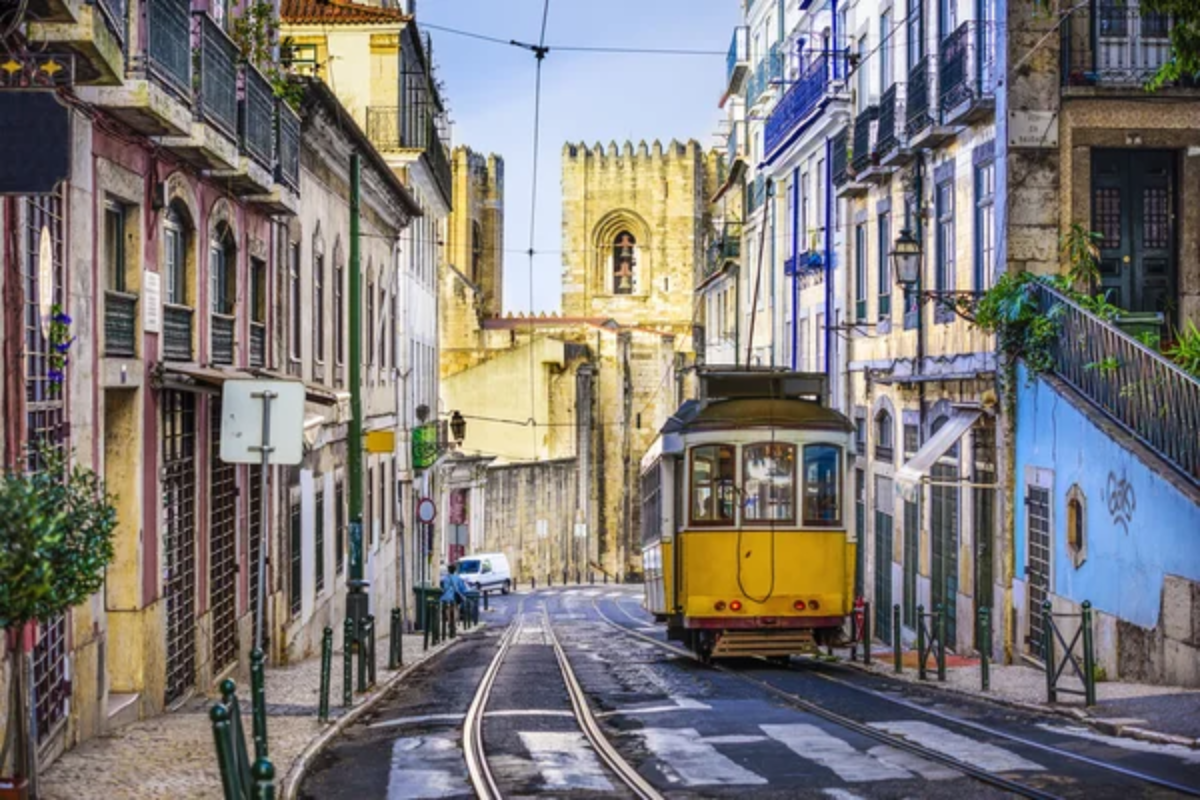
Crumbling azulejo tiles decorate buildings alongside sleek modern architecture in the Alfama district, where centuries-old traditions persist despite waves of gentrification. Fado music—Portugal’s soulful traditional songs of longing—emanates from both dimly lit taverns where locals gather and upscale venues catering to international visitors seeking authentic cultural experiences.
The city’s famous yellow trams rattle up impossibly steep hills, passing street art that comments on rapid urban change while connecting neighborhoods both fashionable and forgotten. Michelin-starred restaurants share streets with tiny family-owned tascas serving hearty portions of bacalhau on paper tablecloths, each representing different but equally valid expressions of Portuguese culinary excellence.
New Orleans, Louisiana
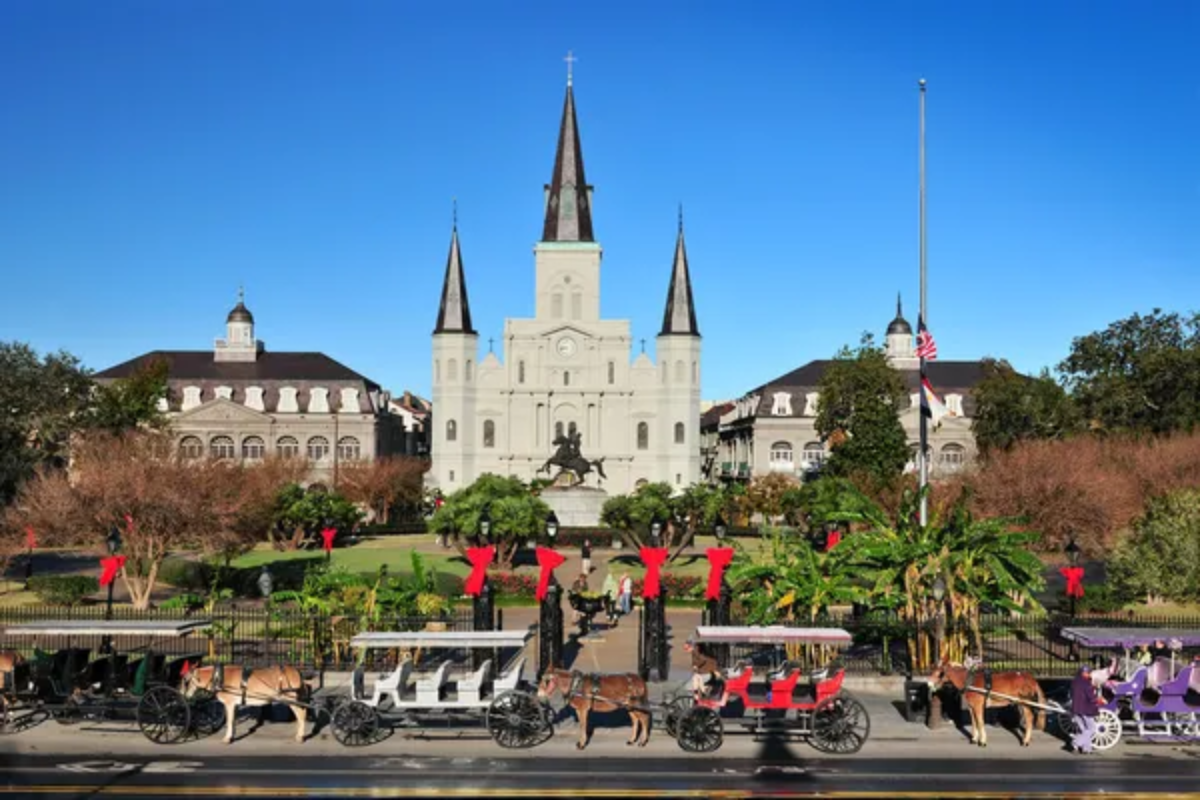
Grand mansions with wrought-iron balconies stand in the Garden District just minutes from areas still bearing scars from Hurricane Katrina, creating one of America’s most visibly stratified urban landscapes. James Beard award-winning restaurants operate alongside local favorite po’boy shops, each contributing essential flavors to a culinary tradition that transcends class boundaries.
Second-line parades featuring brass bands wind through streets where luxury cars park beside vehicles held together with creative repairs, the music bringing together residents from across economic divides. The French Quarter transitions from family-friendly daytime attractions to adult-oriented nightlife after dark, maintaining a consistent architectural beauty despite dramatic shifts in atmosphere.
Like Travel Pug’s content? Follow us on MSN.
Berlin, Germany
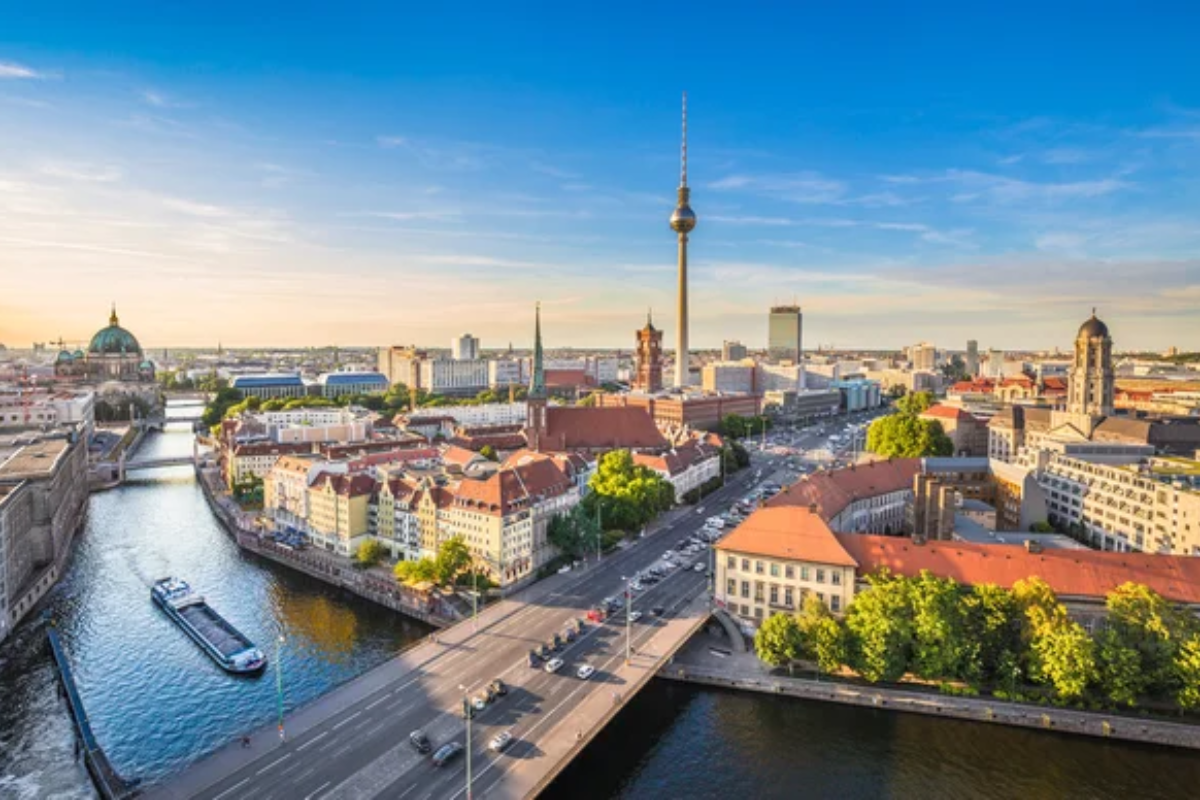
Soviet-era apartment blocks stand near boutique hotels in Mitte, where sections of the Berlin Wall now serve as canvas for both internationally renowned artists and anonymous political commentators. Techno clubs operate in abandoned power stations and factories where world-class sound systems have been installed in deliberately unfinished industrial spaces that would be condemned in less adventurous cities.
Michelin-starred dining rooms share neighborhoods with legendary döner kebab stands that serve equally passionate clientele at opposite ends of the price spectrum. Community gardens flourish in vacant lots next to precisely maintained public parks, each reflecting different approaches to urban green space with equal validity.
Mexico City, Mexico
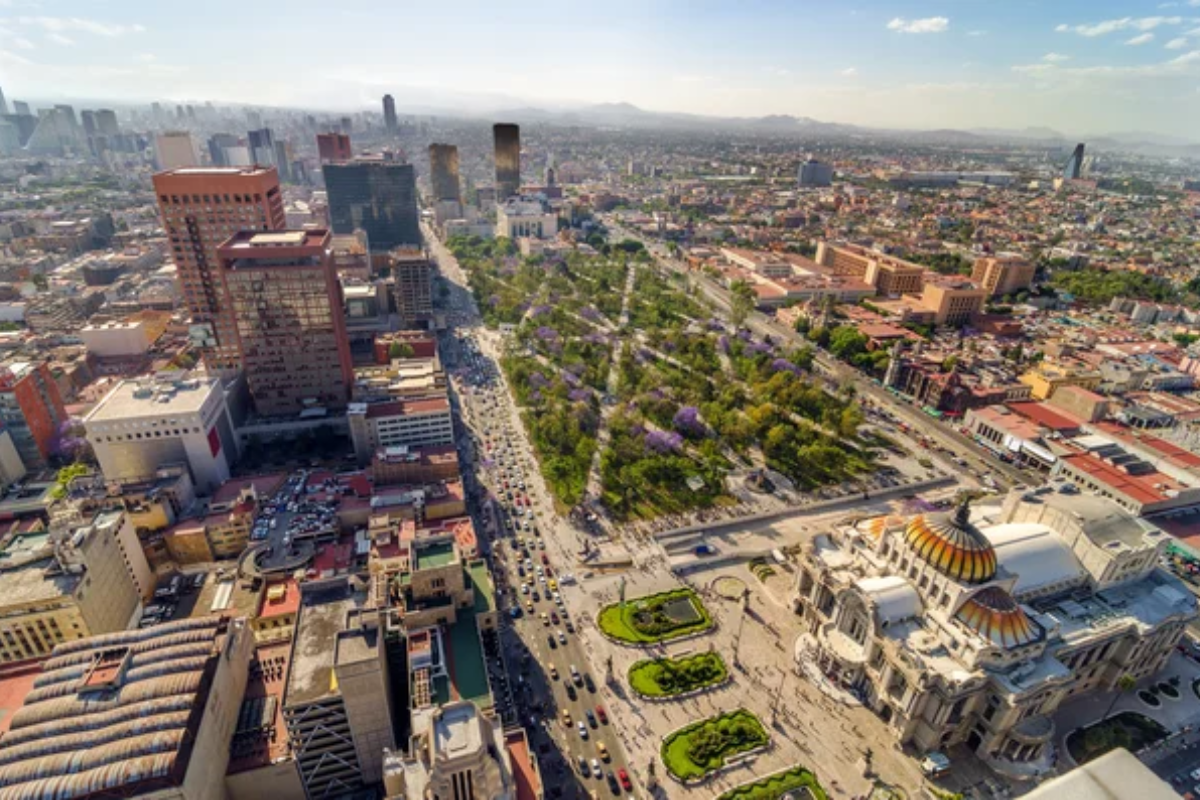
Modernist architecture by Luis Barragán showcases precise geometry and bold colors in upscale neighborhoods not far from informal communities where creative necessity has produced equally striking building solutions with limited resources. Street food vendors earn culinary awards for dishes costing a few pesos, while celebrity chefs create modern interpretations of traditional Mexican cuisine at prices comparable to European fine dining.
Pre-Hispanic ruins emerge from urban blocks in Tlatelolco, where ancient temples share space with mid-century housing projects and contemporary businesses in a physical timeline of civilization. Mariachi performers in elaborate costumes appear in both tourist-oriented plazas and local celebrations, their music connecting cultural experiences across socioeconomic boundaries.
Naples, Italy
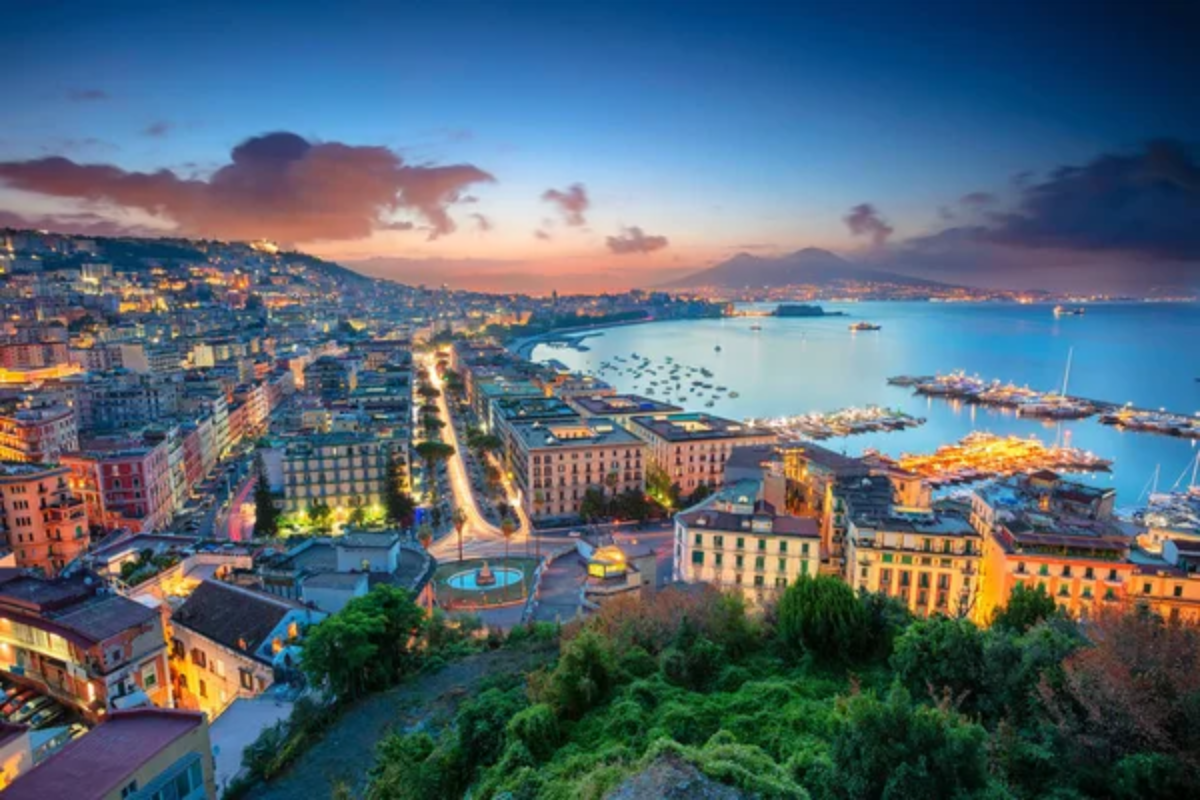
Baroque churches filled with priceless artworks stand amid narrow streets where laundry hangs from windows and motorbikes navigate passages barely wider than their handlebars. The birthplace of pizza maintains both humble street-corner operations serving perfect margheritas for a few euros and upscale interpretations where traditional techniques meet experimental ingredients.
Ancient Greek and Roman ruins lie beneath modern buildings, occasionally exposed during subway construction to create archaeological displays within functional transportation hubs. The historic center exists as a UNESCO World Heritage site despite—or perhaps because of—its lively contemporary culture that values authentic daily life over museum-like preservation.
Like Travel Pug’s content? Follow us on MSN.
Istanbul, Turkey
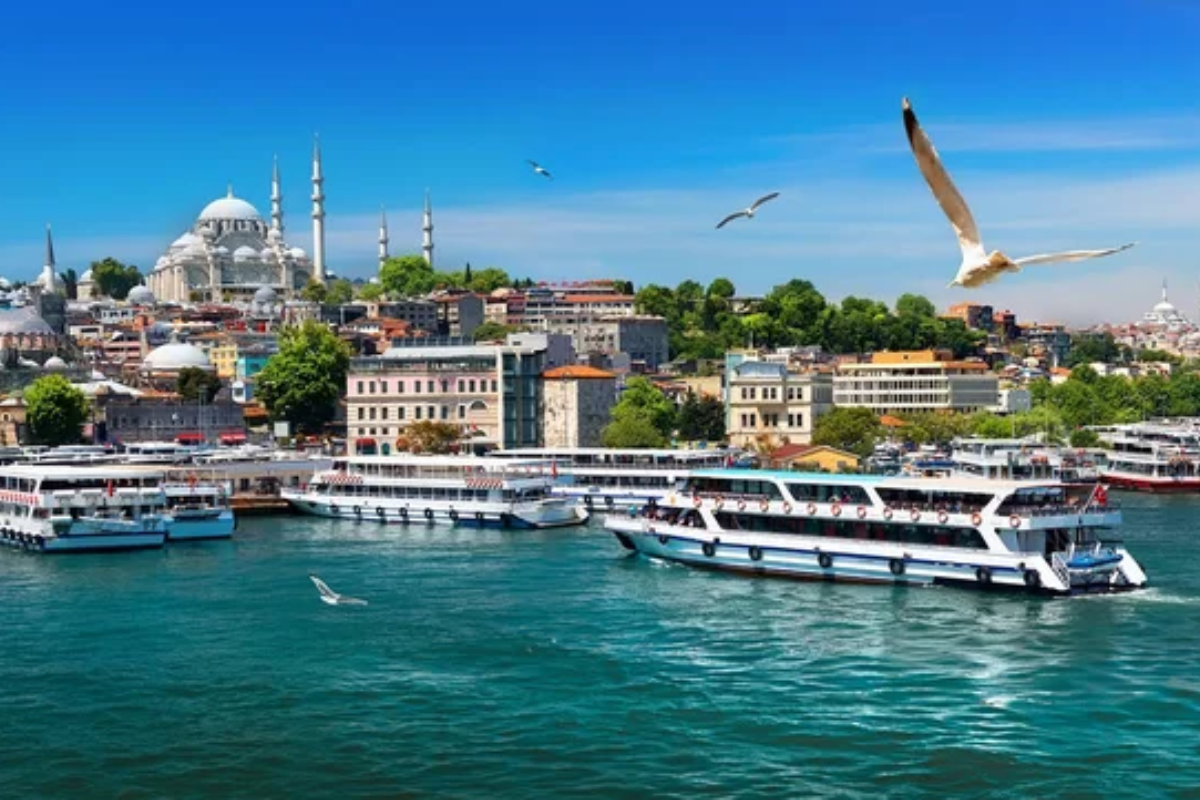
Byzantine mosaics and Ottoman architecture create a backdrop for both traditional tea houses and third-wave coffee shops on streets where centuries of commerce continue in modern forms. The Grand Bazaar contains both tourist trinkets and genuinely precious antiques, with knowing merchants adjusting their approach based on each customer’s level of sophistication.
Rooftop bars offer panoramic views of the Bosphorus alongside ancient mosques whose minarets define the skyline, creating spaces where contemporary nightlife respects religious tradition. Working-class neighborhoods like Fener and Balat attract photographers for their colorful houses and authentic local character while simultaneously experiencing rapid change through boutique hotel development.
Buenos Aires, Argentina
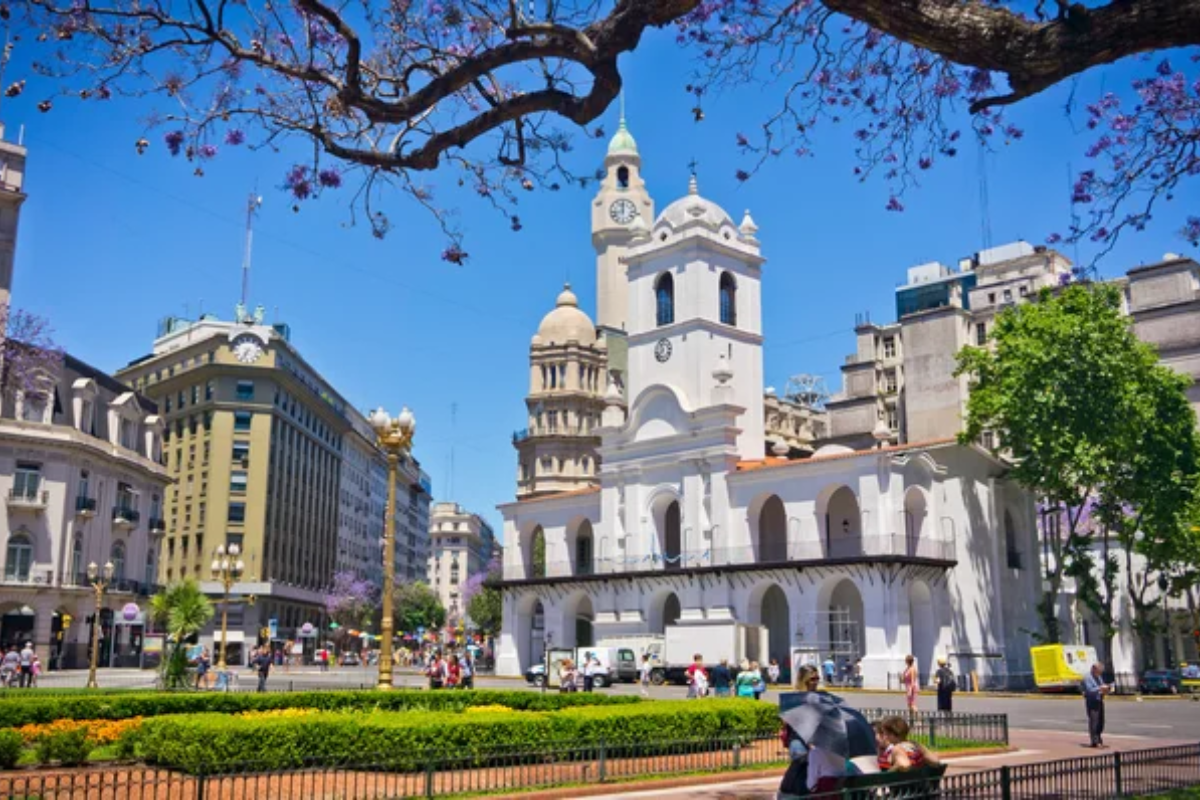
Belle Époque mansions repurposed as cultural centers stand alongside graffiti-covered contemporary buildings in Palermo, where old and new versions of urban beauty coexist without conflict. Tango appears in both polished theatrical performances for tourists and authentic milongas where locals dance until dawn, each offering valid but different expressions of Argentina’s cultural heritage.
The city’s famous steakhouses range from simple parrillas with paper tablecloths to sophisticated establishments with sommelier service, all united by exceptional meat quality regardless of presentation. Elegant Recoleta Cemetery contains elaborate mausoleums for historical figures just blocks from vibrant weekend markets where contemporary artists and designers showcase work that comments on current political realities.
Marseille, France
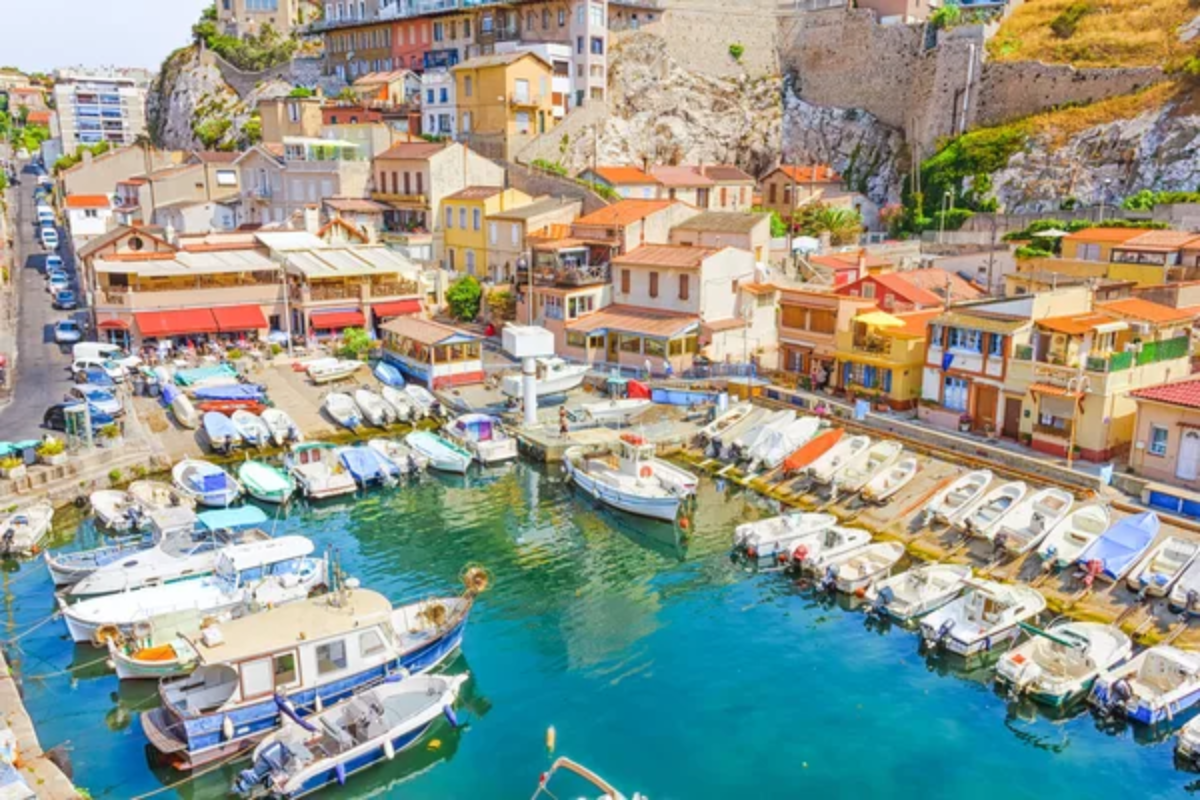
North African influences create vibrant street life around the port, where luxury yachts dock near working fishing boats that still supply the city’s famous bouillabaisse restaurants. The striking MuCEM museum connects to the historic Fort Saint-Jean via an elegant footbridge, symbolizing the link between contemporary design and the city’s ancient defensive architecture.
Le Corbusier’s Unité d’Habitation stands as an icon of modernist architecture in a city otherwise defined by Mediterranean building traditions dating back to Greek settlements founded 2,600 years ago. The famous Calanques combine natural limestone cliffs with views of industrial facilities along the coast, creating landscapes where environmental protection and economic necessity maintain an uneasy coexistence.
Like Travel Pug’s content? Follow us on MSN.
São Paulo, Brazil
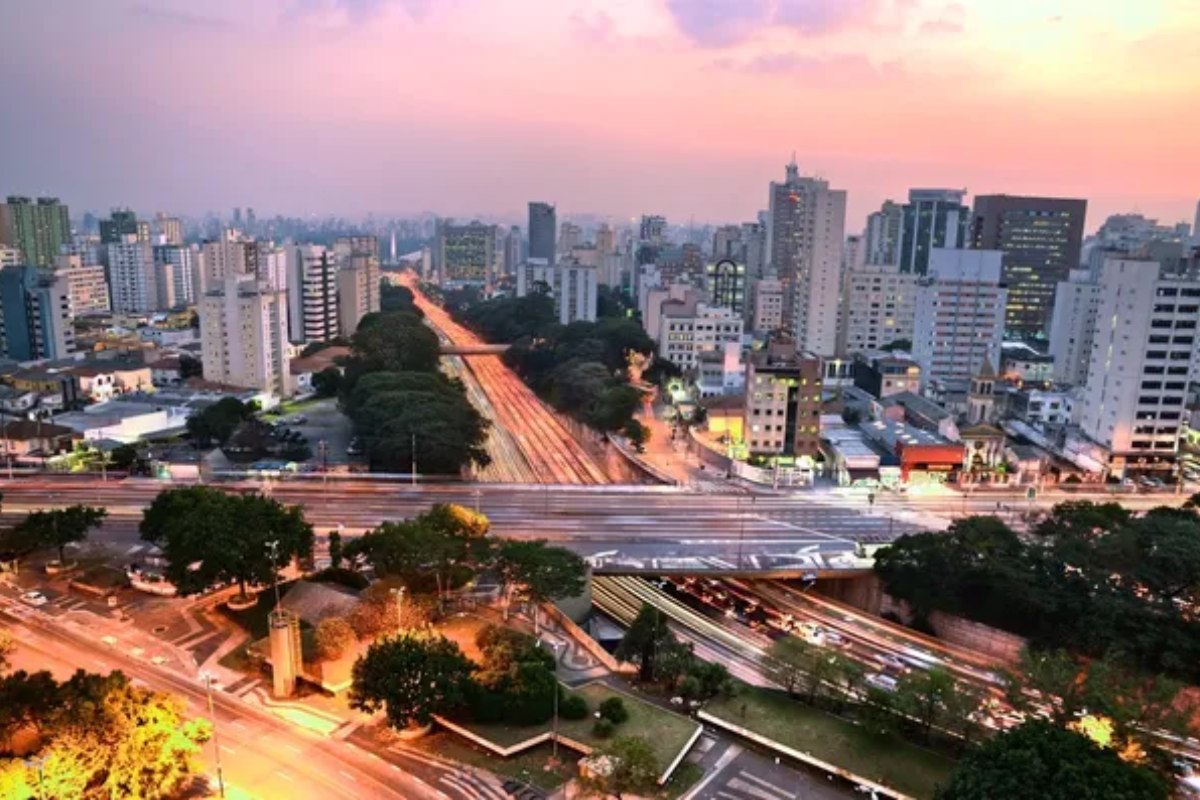
Modernist skyscrapers designed by Oscar Niemeyer rise above streets where talented pixação graffiti artists create distinctive vertical tags that represent voices from the urban periphery. World-class museums with international collections operate near community arts centers where local themes find powerful expression through grassroots initiatives with minimal funding but maximum creativity.
Gourmet restaurants serving tasting menus exist alongside simple lanchonetes where workers grab quick, affordable meals, creating a complete culinary ecosystem that refuses simplistic categorization. Luxury shopping malls with international brands stand near vibrant street markets where entrepreneurial spirit creates economic opportunity through informal commerce that authorities alternately tolerate and restrict.
Bangkok, Thailand
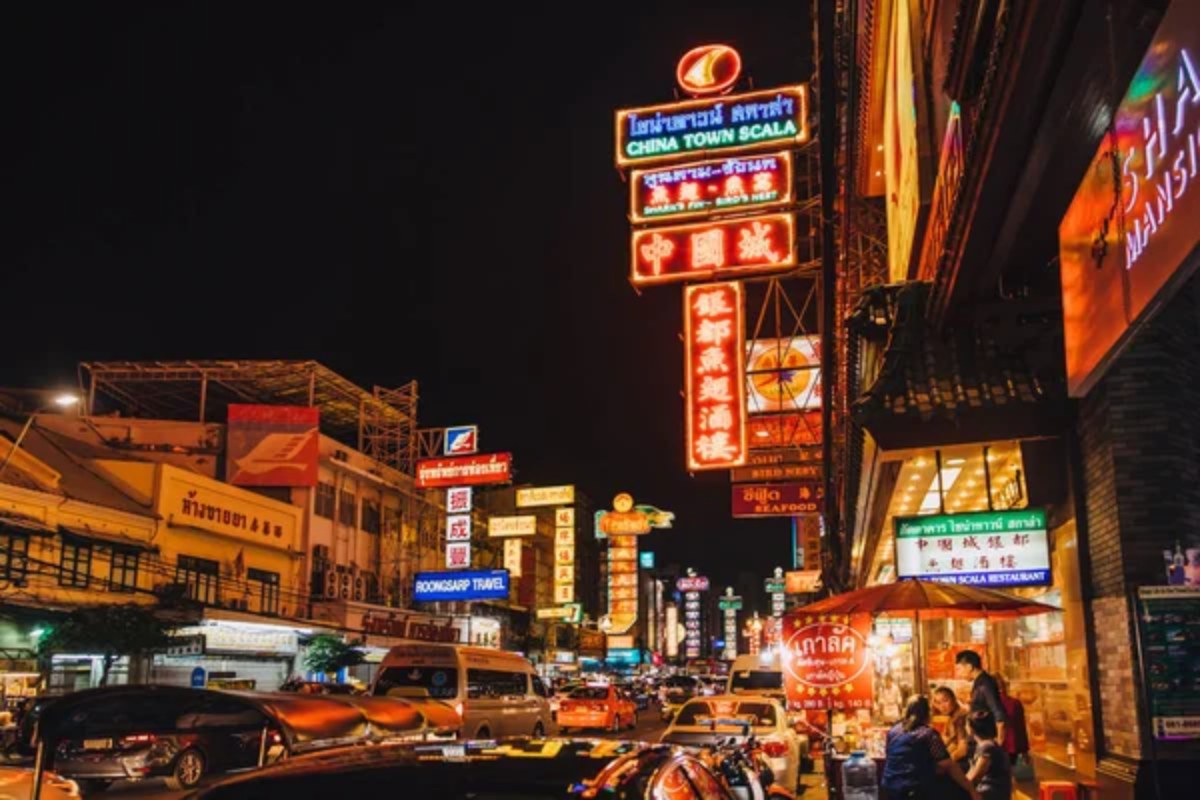
Ancient temples with gold-leaf decoration stand near ultramodern shopping malls connected by elevated walkways, creating multi-level urban circulation that combines sacred and commercial experiences. Street food vendors earn Michelin stars for perfected specialties costing under two dollars, while rooftop restaurants serve creative fusion cuisine at altitude-appropriate prices.
Traditional long-tail boats navigate the Chao Phraya River alongside luxury dinner cruises, each offering distinctive perspectives on the city’s relationship with its defining waterway. Night markets attract both tourists seeking souvenirs and locals sourcing everyday necessities, creating commercial spaces where practical function and cultural experience blend seamlessly.
Johannesburg, South Africa
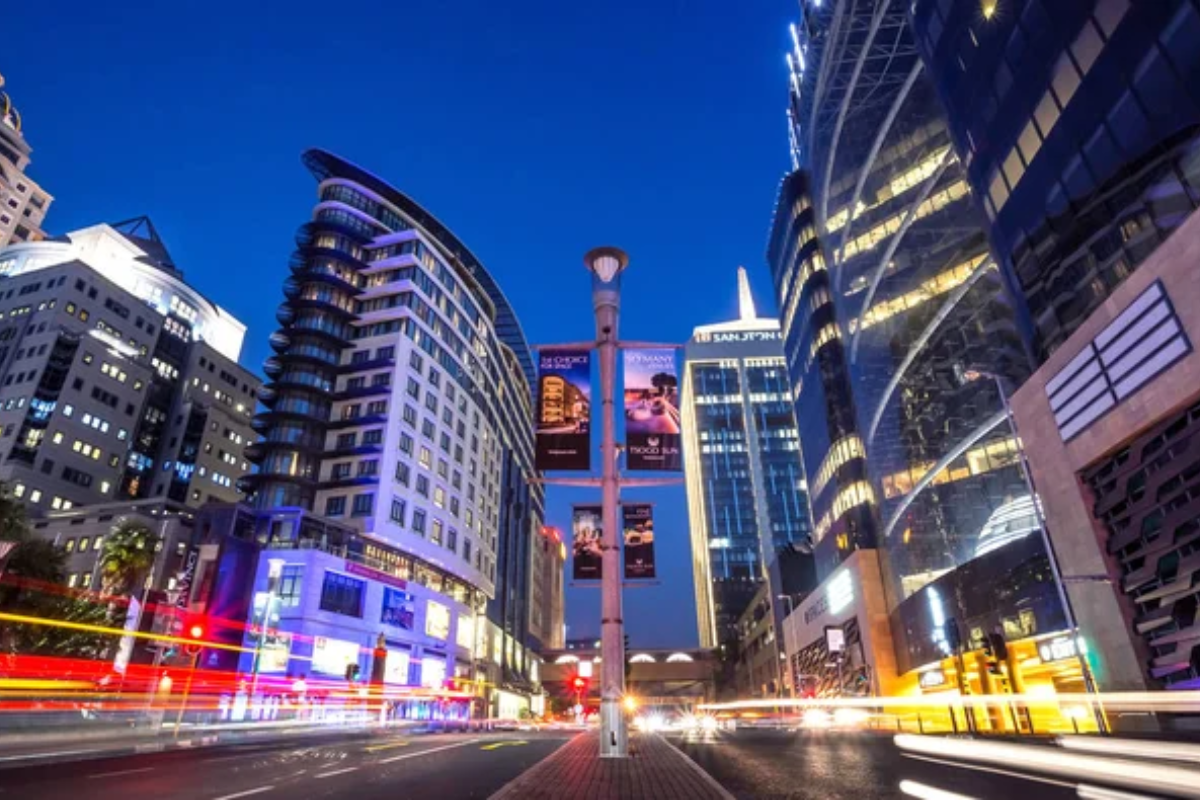
The Arts on Main complex has transformed industrial buildings into galleries and creative spaces in a city still addressing its complex social history through cultural production both elegant and pointed. Constitution Hill combines former prison facilities with the current Constitutional Court, creating a physical manifestation of South Africa’s journey from oppression to aspirational democracy.
Township tourism offers visitors glimpses into communities forged under apartheid that now maintain cultural traditions alongside entrepreneurial initiatives bridging historical economic divides. The annual FNB Art Fair showcases both established international galleries and emerging local talents, creating a temporary artistic community that reflects the city’s ongoing conversation about representation and opportunity.
Like Travel Pug’s content? Follow us on MSN.
Mumbai, India
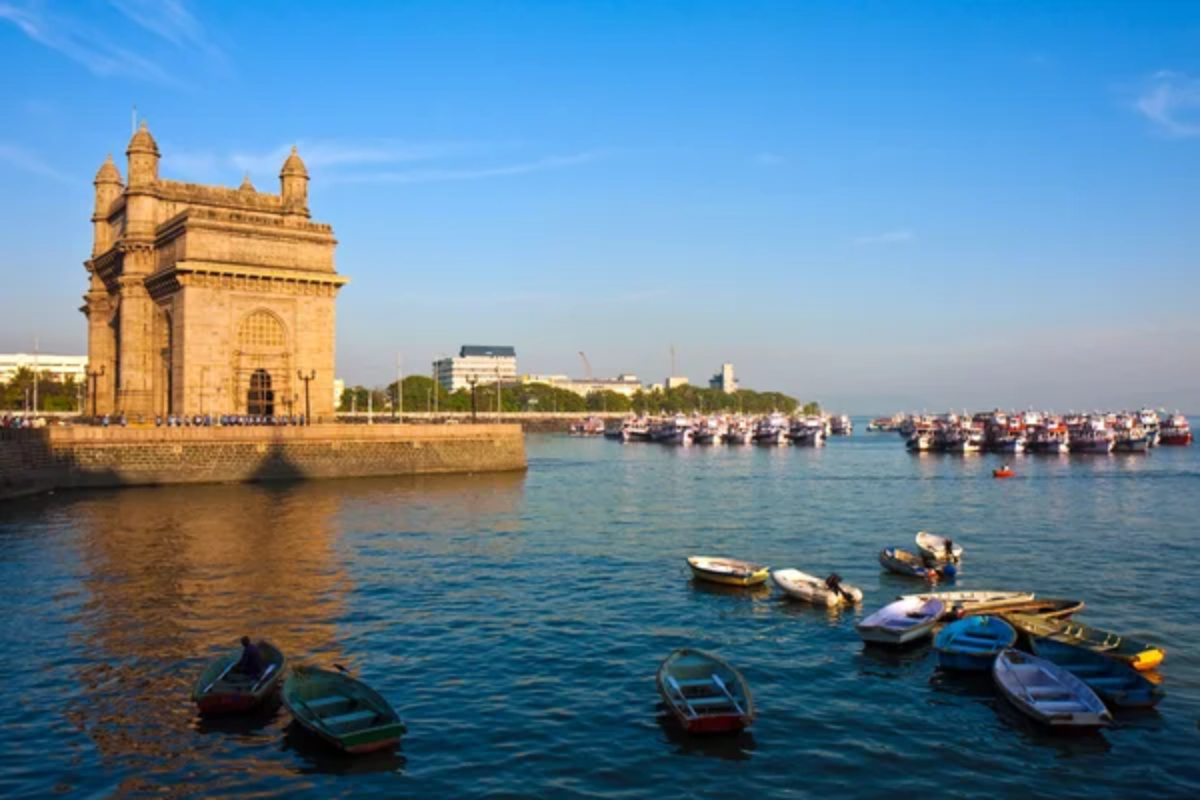
Colonial architecture from the British era stands preserved near makeshift settlements where architectural ingenuity creates functional living space despite extreme density and limited resources. Bollywood studios produce elaborate fantasy films near documentary filmmakers capturing everyday reality, each contributing to a cinematic tradition that spans visual styles and budget levels.
Traditional dabbawalas deliver home-cooked lunches to office workers with remarkable precision, while international restaurant groups open high-concept dining venues, creating parallel food distribution systems defined by different priorities but equal cultural significance. Marine Drive features both luxury apartments overlooking the Arabian Sea and public spaces where residents from throughout the city gather to enjoy sea breezes regardless of economic status.
Detroit, Michigan
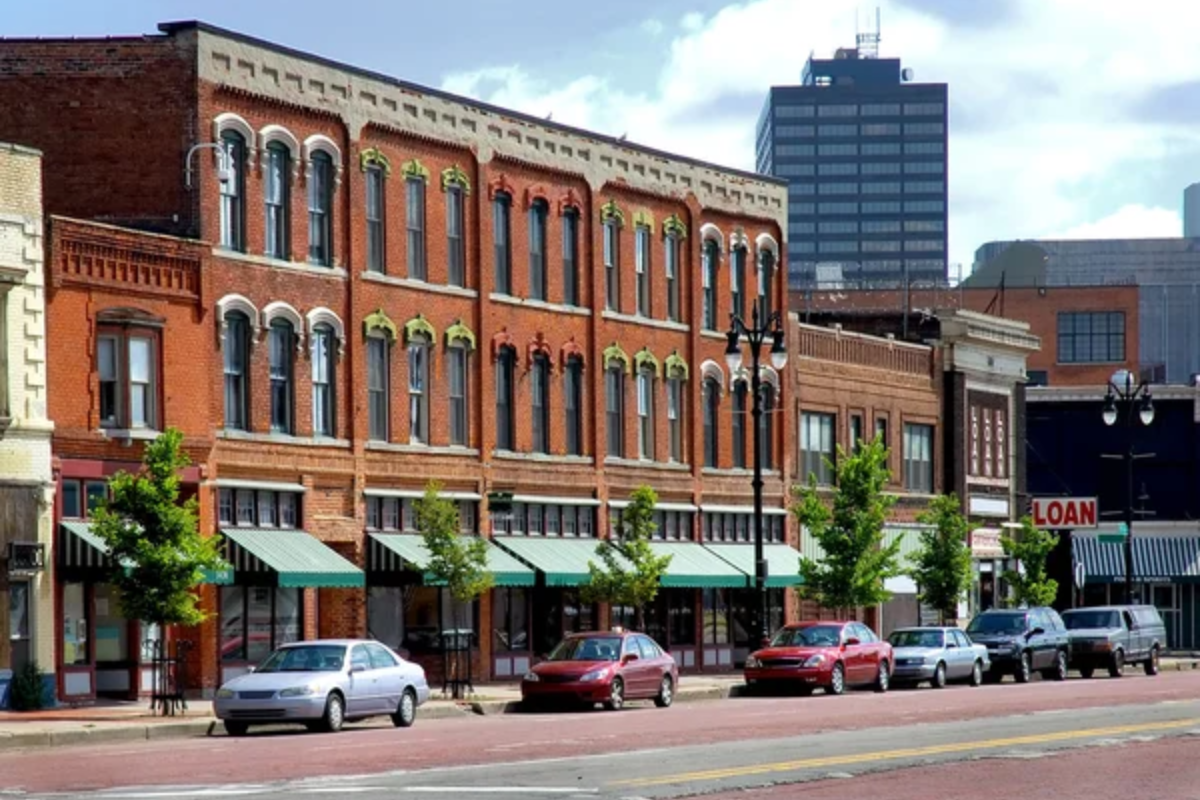
Art Deco skyscrapers from the automotive industry’s golden age stand alongside community gardens established in vacant lots, creating an urban landscape where abandonment has enabled new forms of creative use. Techno-music pioneers established a global reputation for electronic innovation from humble home studios in a city where cultural production has consistently transcended economic limitations.
Urban farms operate on lots where factories and homes once stood, creating new models for food production in post-industrial settings that combine practical function with visionary adaptation. The Detroit Institute of Arts houses priceless masterpieces, including Diego Rivera’s famous industry murals, in a city that has fought to protect cultural assets despite municipal bankruptcy and economic challenges.
Glasgow, Scotland
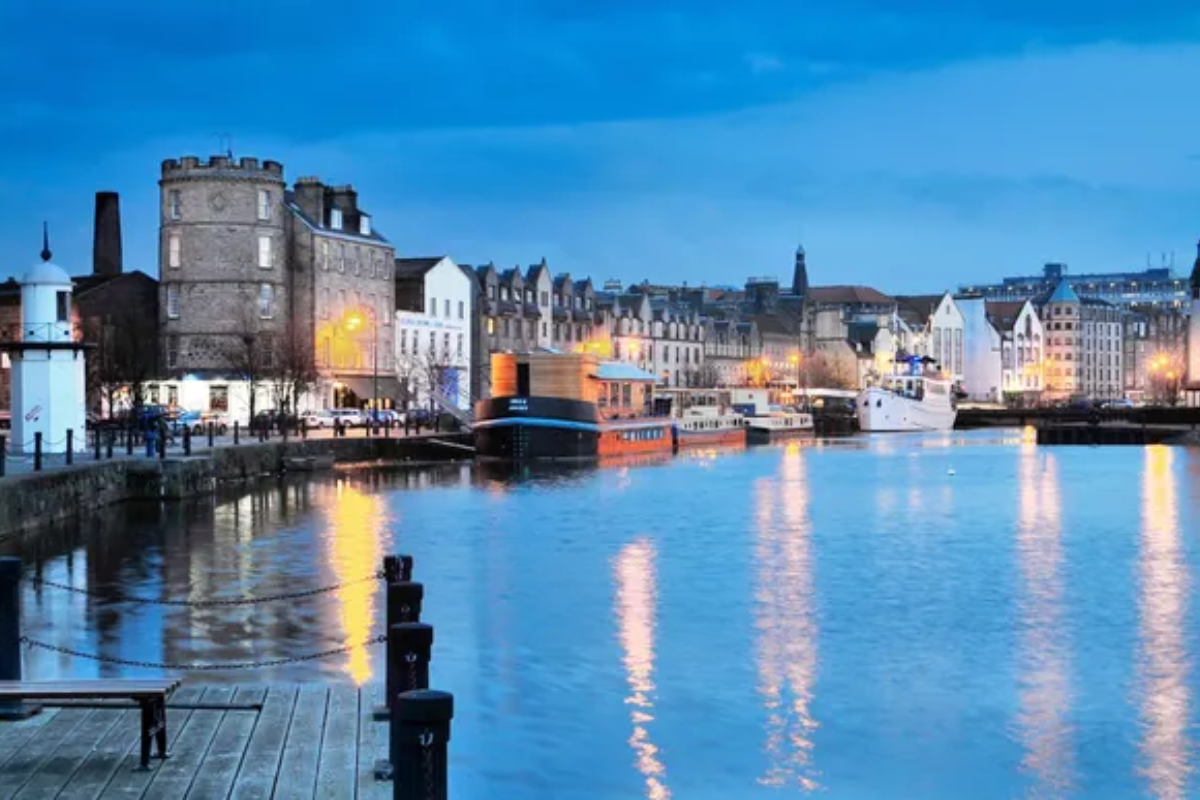
Victorian architectural grandeur exists alongside industrial buildings repurposed as arts venues in a city that takes pride in both its formal heritage and working-class traditions. The Glasgow School of Art produced the distinctive aesthetic of Charles Rennie Mackintosh near neighborhoods where street art now dominates the visual landscape, each representing different eras of the city’s creative expression.
Traditional pubs serving simple pints share streets with craft cocktail bars, creating nightlife options that respect historical drinking culture while embracing contemporary trends. Shipbuilding heritage along the River Clyde created both industrial decline and the raw materials for a cultural renaissance as massive waterfront spaces found new purposes as museums, performance venues, and creative hubs.
Like Travel Pug’s content? Follow us on MSN.
Athens, Greece
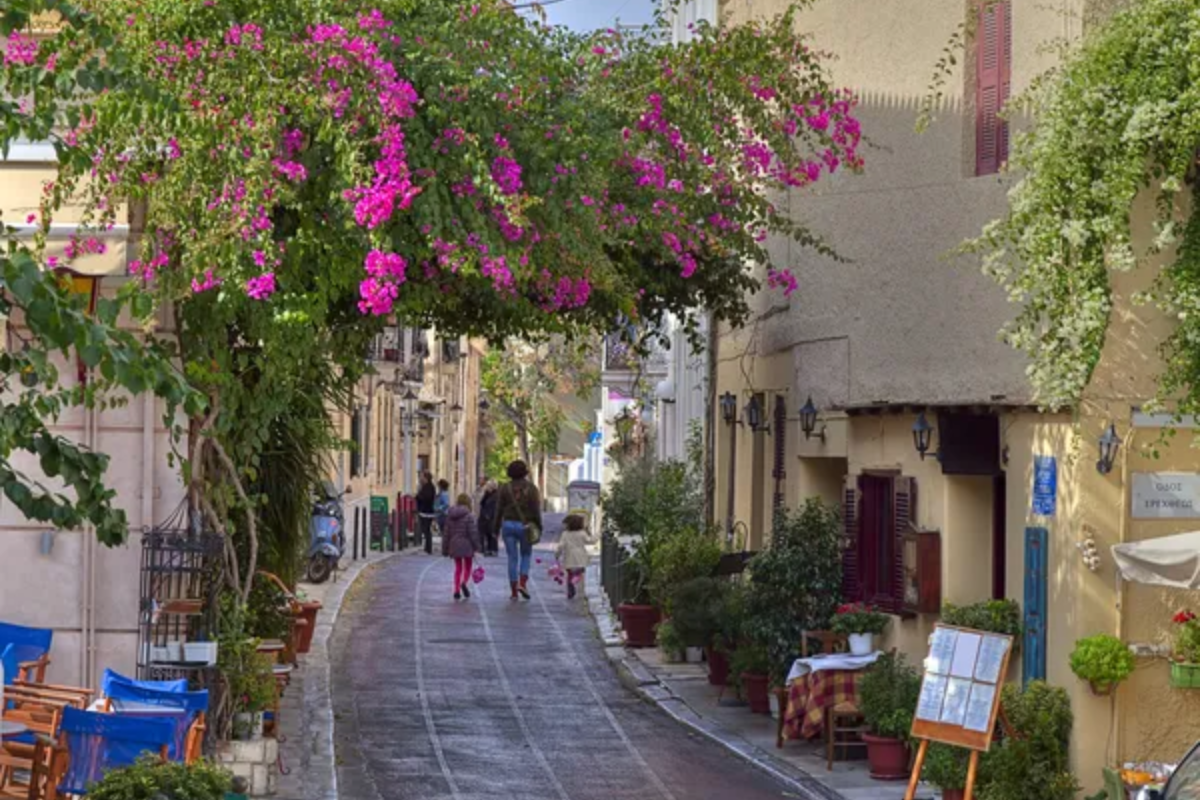
Ancient ruins stand preserved amid dense urban development, creating surreal juxtapositions where casual everyday activities occur alongside monuments of global historical significance. Traditional tavernas offer unchanged recipes and atmosphere near experimental restaurants, reinterpreting Greek cuisine with contemporary techniques, each attracting passionate defenders.
Street art commenting on the economic crisis appears on buildings with classical proportions, creating a visual conversation between ancient aesthetic principles and urgent contemporary expression. The Acropolis remains visible from most points in the city, a permanent reminder of both architectural achievement and imperial power that contextualizes modern buildings existing in its shadow.
The Authentic Urban Experience

These cities remind us that the most compelling urban environments resist simple categorization or sanitized perfection. Their charm lies precisely in the friction between different eras, aesthetics, and socioeconomic realities that create textured experiences impossible to find in more homogeneous environments.
The sophisticated traveler increasingly seeks these balanced contradictions—places where historical weight and contemporary energy, refined beauty, and raw authenticity, established institutions, and insurgent creativity all contribute equally to the urban character. These cities demonstrate that elegance need not exclude grit and that the most honest urban experiences embrace rather than conceal their inherent contrasts.
More from Travel Pug

- 20 Towns Built for One Purpose That Were Later Abandoned
- 15 Hidden Spots in Disney World’s Magic Kingdom Most Visitors Miss
- 20 Once-Popular Beach Towns That Are Now Ghostly Empty
- 15 Canyons in the U.S. That Are Just as Stunning as the Grand Canyon
- 10 Under-the-Radar Mountain Towns That Are Both Affordable and Beautiful
Like Travel Pug’s content? Follow us on MSN.
